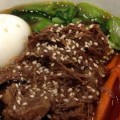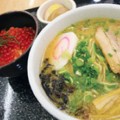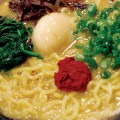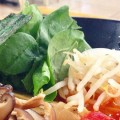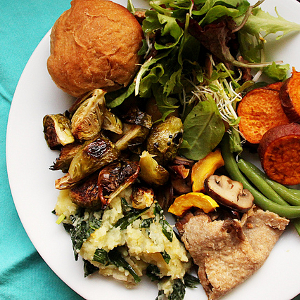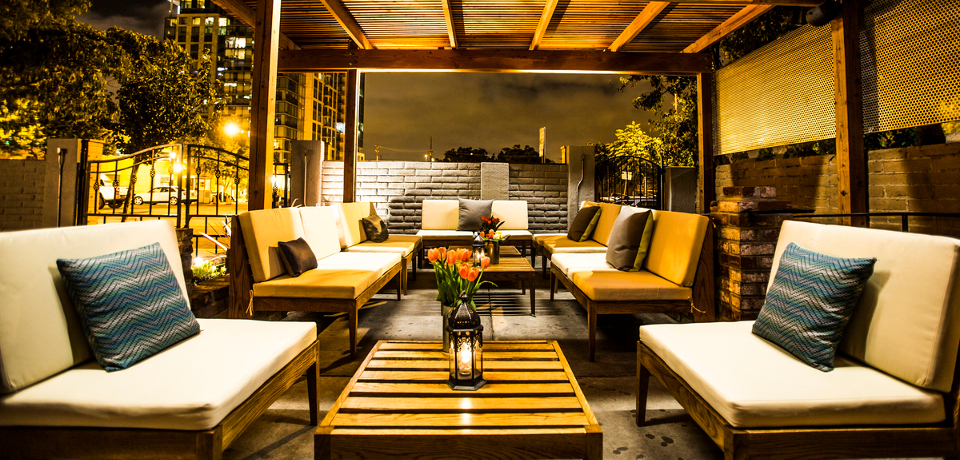Ramen houses around here are mostly located in ethnic enclaves, privy only to those diners who have the boldness to brave crowded parking lots, language barriers, and the threat of being new and unadjusted. To some, it is a disbandment of social norms, which naturally weeds out many. But with persistence, the diner can easily become a part of a society that is very much alive and somewhat contained.
On a good day, the palate is thrilled. Thrilled to have something new, but also gratified by something that is both familiar and completely marvelous. On a bad day, it’s a forcing down of food, a smile, and a lighter wallet. But that seems to deter few, due to the transitory nature of food and appetite. In short: you’ll be hungry again.
Ramen is one of those foods lacking some accessibility; less one is curious. But early this August, Ramen Taka opened on the Alameda, a stretch with a general degree of exposure, especially due to its proximity to Santa Clara University. The area is undergoing a restaurant renaissance of sorts, with several other new openings slated in the coming year.
Located partly where the old Mission City Coffee used to be, Ramen Taka has maintained the beautiful brick-walled interior, with some added Japanese flair. Anime “Wanted” signs are displayed playfully on one end, while a colorful chalkboard tally of noodle champions is posted on the other end of the room. The décor is modern and clean, with a sleek bar that spans along the back, for those who wish to eat noodles post haste.
For now, Ramen Taka is cash only and is open for lunch hour only. Its main offering: a steaming bowl of Japanese Hakata ramen ($9), a paler, pork bone broth that has an intense, buttery texture. Noodles are also different from the accustomed curly, springy type familiar in the Bay Area. Instead, the noodles are thin, firm and straight, and jokingly tailored for the impatient “Hakata” child. Chopped green onions, a soft egg, and two slices of braised pork belly, called char siu (prounounced “cha-shu”), make it a true meal. Ground sesame seeds and pickled ginger can also be added to enhance the soup’s character. And for more meat, one can order the Char siu Hakata Ramen ($12)—simply more slices of char siu.
A table next to me ordered the melon soda, an apparent specialty of Japan: a sweet, green drink topped with whipped cream and ice cream.
“I haven’t had this outside of Japan,” my neighbor commented, bringing an unexpected marker of authenticity. Now I have another reason to go back.
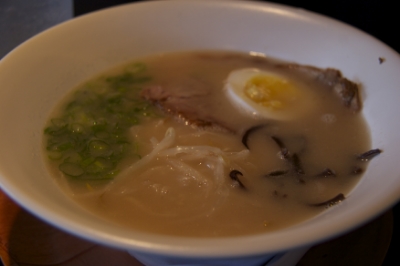
 LOL Chicken debuts in East San Jose
LOL Chicken debuts in East San Jose  ‘Epilogue’ at San Jose Museum of Art
‘Epilogue’ at San Jose Museum of Art 